
Fats, Oils & Grease. Procurement, Supply & Management.
UGC has positioned itself in the market to be a top rated purchasing, financing, marketing and management agent for the renewable liquid feedstock biomass-based diesel industry. UGC has developed multiple strategies, positions and partnerships to offer and ensure that a processor/renderer is benefiting from the best market value available while greatly minimizing their risks of this industry through our vertically integrated practices and strategic relationships. UGC has helped many growing companies in this space throughout the years by offering value-added services to help them to compete and grow in this volatile and ever changing industry.
When commissioning UGC as your procurement and/or purchasing agent, you will immediately be able to redeploy your time to the things that matter most to your business – servicing your customers, developing your employees and gaining more accounts. By entrusting us to handle the tedious management of these transactions and the logistical challenges that are inevitable, you will reach your goals faster. You will have a firm of integrity and efficiency by your side. Having UGC in your corner is like having a high profile industry expert on your team working for you ensuring every transaction is seeing the best possible results.
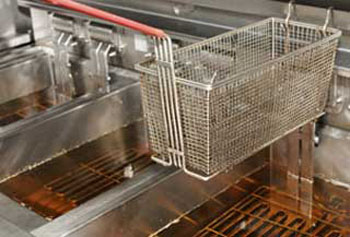
Used Cooking Oil
Used cooking oil is waste or spent cooking & frying oils collected from commercial food factories, restaurants, arena’s, casinos, schools, bakeries, etc. While the majority of used cooking oils are vegetable based, by no means should UCO be considered “waste vegetable oil” as there is inevitably some level of animal fat in UCO, which is naturally derived from the cooking process, and of course some restaurants cook in fats rather than oils.

Used Cooking Oil (ISCC-Certified)
International Sustainability & Carbon Certification (ISCC). ISCC is a globally leading certification system covering the entire supply chain and all kinds of biobased feedstocks and renewables. Independent third party certification ensures compliance with high ecological and social sustainability requirements, greenhouse gas emissions savings and traceability throughout the supply chain.Used cooking oil is waste or spent cooking & frying oils collected from commercial food factories, restaurants, arena’s, casinos, schools, bakeries, etc. While the majority of used cooking oils are vegetable based, by no means should UCO be considered “waste vegetable oil” as there is inevitably some level of animal fat in UCO, which is naturally derived from the cooking process, and of course some restaurants cook in fats rather than oils.

Poultry Fat
Obtained from the tissue of poultry offal in the commercial process of rendering or extracting. It shall contain only the fatty matter natural to the product produced under good manufacturing practices and shall contain no added free fatty acids or other materials obtained from fat. It typically contain between 1% -15% Free Fatty Acids and not more than 1% of Moisture, Impurities & Unsaponifiables.

Chicken Fat
Produced from recycled animal processing waste streams. Chicken fat is fat obtained (usually as a by-product) from chicken rendering and processing. Of animal-sourced substances, chicken fat is noted for being high in linoleic acid, an omega-6 fatty acid. Linoleic acid levels are between 17.9% and 22.8%. It is often used in pet foods, and has become a major player in the production of biodiesel. Chicken fat is one of two types of animal fat referred to as schmaltz, the other being goose fat.
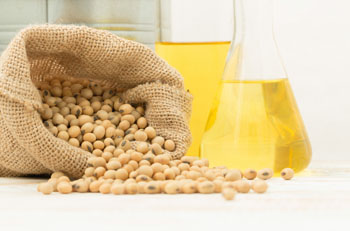
Soybean Oil – Crude / Crude Degummed /RBD
Crude Degummed Soybean Oil (CDSBO) is pure but inedible soybean oil produced from fair to average quality crude soybeans. The majority of the free fatty acids and gums naturally present in soybeans are removed by hydration and mechanical or physical separation. More than 50% of the US biodiesel production put out annually is made up of crude degummed soybean oil used as the feedstock.
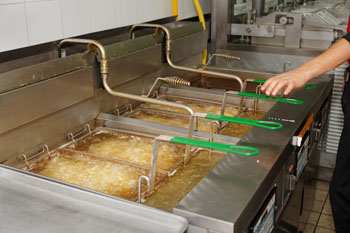
Yellow Grease – Animal Fat / Vegetable Oil Blends
Yellow Grease is a commodity produced in the United States, as well as other countries with established Rendering Industries, that is produced by a recognized rendering process and is typically comprised of used cooking oil and often contains rendered low quality animal fats such as tallow, poultry or lard. Generally yellow grease must meet the following specification: FFA max 15% and MIU 2%, often with 1% max water. MIU of 2% or below is commonly the maximum specification guaranteed by the renderer.
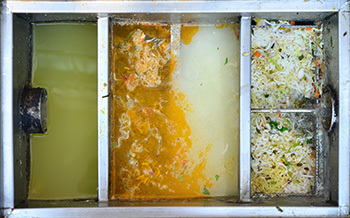
Trap Grease
Trap Grease is found in grease traps located at commercial foodservice operations (restaurants, hotels, hospitals, schools and prisons), Grease traps are also components of most domestic septic systems. It is made up of all elements expended through the sanitary sewer system during the course of daily business. Grease trap waste is a low-quality waste material with variable lipid content that is an untapped resource for producing biodiesel. Compared to conventional biodiesel feedstocks, this material requires different and additional processing steps for biodiesel production due to its heterogeneous composition, high acidity, and high sulfur content.
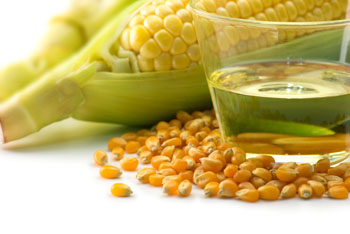
Distillers Corn Oil (DCO)
Distillers Corn Oil (DCO) has over the recent years become a player in the biodiesel landscape. A stumble upon byproduct from the US ethanol plants. Ethanol producers use corn oil to make their product. They produce a byproduct know as DCO that is not usable in their finished product. Good news for biodiesel! It just so happens that this byproduct makes an excellent feedstock for biodiesel manufaturers with the appropriate technolgy within their plant to convert it.
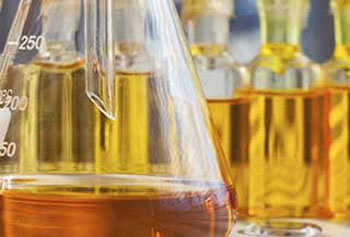
Brown Grease
Brown Grease is a commodity produced in the United States, as well as other countries with established Rendering Industries, that is produced by a recognized rendering process and is typically comprised of used cooking oil and often contains rendered low quality animal fats such as tallow, poultry or lard with higher Free Fatty Acids than a yellow grease which has a maximum of 15% Free Fatty Acid specification. Generally brown grease must meet the following specification: FFA minimum 16% and MIU 2%, often with 1% max water.
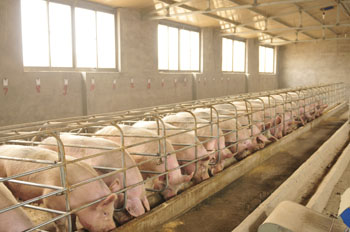
Choice White Grease
A specific grade of mostly pork fat defined by hardness, color, fatty acid content, moisture, insolubles, unsaponifiables and free fatty acids. Choice white grease specifications; TER Min o C 36.0, FFA 4, FAC max 13.11, R&B B, MIU 1%, moisture maximum 0.20%. Insoluble impurities maximum 0.05%, Lovibond color 5 1/4 inch cell – max 1.5 red. Lard peroxide value 4.0 meq/kg max.
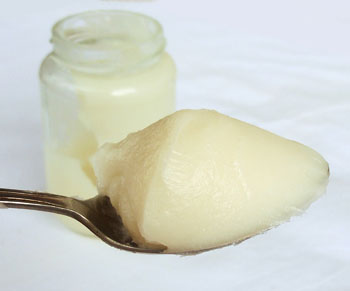
Lard
Lard is the fat rendered from fresh, clean, sound tissues of pigs in good health at the time of slaughter. The composition, characteristics and consistency of lard vary greatly according to the feeding regime. The higher the level of unsaturated fats in the diets of pigs the softer (higher IV) the fat. USDA-certified Lard has the following technical specifications: Titer (min) 38oC, FFA (max) 0.5%, FAC (max) 39, Lovibond Color (5 1/4 inch cell – max) 1.5 red, Moisture (max) 0.2%, Insoluble impurities (max), 0.05% PV (max) 4meq/kg
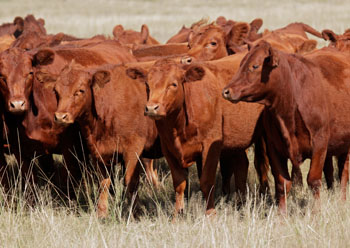
Bleachable Fancy Tallow
Bleachable Fancy Tallow is the fat extracted from animal tissue in the normal rendering process. This finished product may be used to manufacture soaps, lubricants, oleochemicals and biofuels. Also used in animal feeds as it improves the product’s organoleptic properties, serves as an energy source and is a vehicle for fat-soluble vitamins. In pet foods, it is used as covering film as a digest base. Specifications for BFT; TITER Min o C = 40.5, FFA max = 4, FAC max = none, R&B max = 1.5, MIU = 1
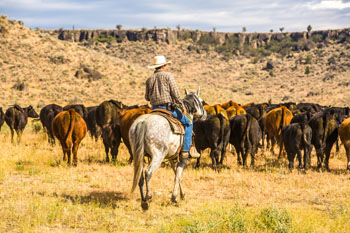
Technical Tallow
It is hard fat rendered from the fatty tissues of cattle that is removed during processing of beef. It is a high grade tallow that is obtained by low temperature wet rendering of the fresh internal fat from beef carcass. It has light yellow color, mild pleasant flavor and free fatty acid content is less than 0.2%
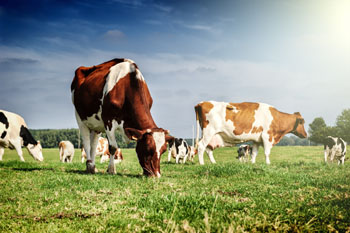
Edible Beef Tallow
US edible beef tallow is m ade exclusively from the highest quality edible beef fat processed for human consumption and inspected by the United States Department of Agriculture’s (USDA) Food Safety and Inspection Service (FSIS). US edible tallow, certified and inspected in food- grade plants, is available deodorized or undeodorized. Deodorized tallow does not alter the taste of foods, whereas undeodorized tallow is often selected to enhance the flavor of foods. In the US regulations specifically restrict meat plants to the processing of only one type of animal, no-mixing of different animal fats can occur. These USDA regulations ensure that the product is 100 percent pure beef fat. Certified Halal and Kosher tallow are also available in the US. USDA-certified Edible Beef Tallow has the following technical specifications*: Titer (min) 41, FAC (max) 3, R&B (max) none, FFA (max) 0.75%, maximum Iodine value 40-45, Initial peroxide value, 1.0 meq/kg max, Soap 5ppm max, Moisture and volatiles, 0.1% max, Wiley melting point), 107-114o F (42-45oC) FAC color index 10 Yellow, 1 Red, Smoke point 435 oF min (224oC), Flash point (min) 600oF (315 o C)
